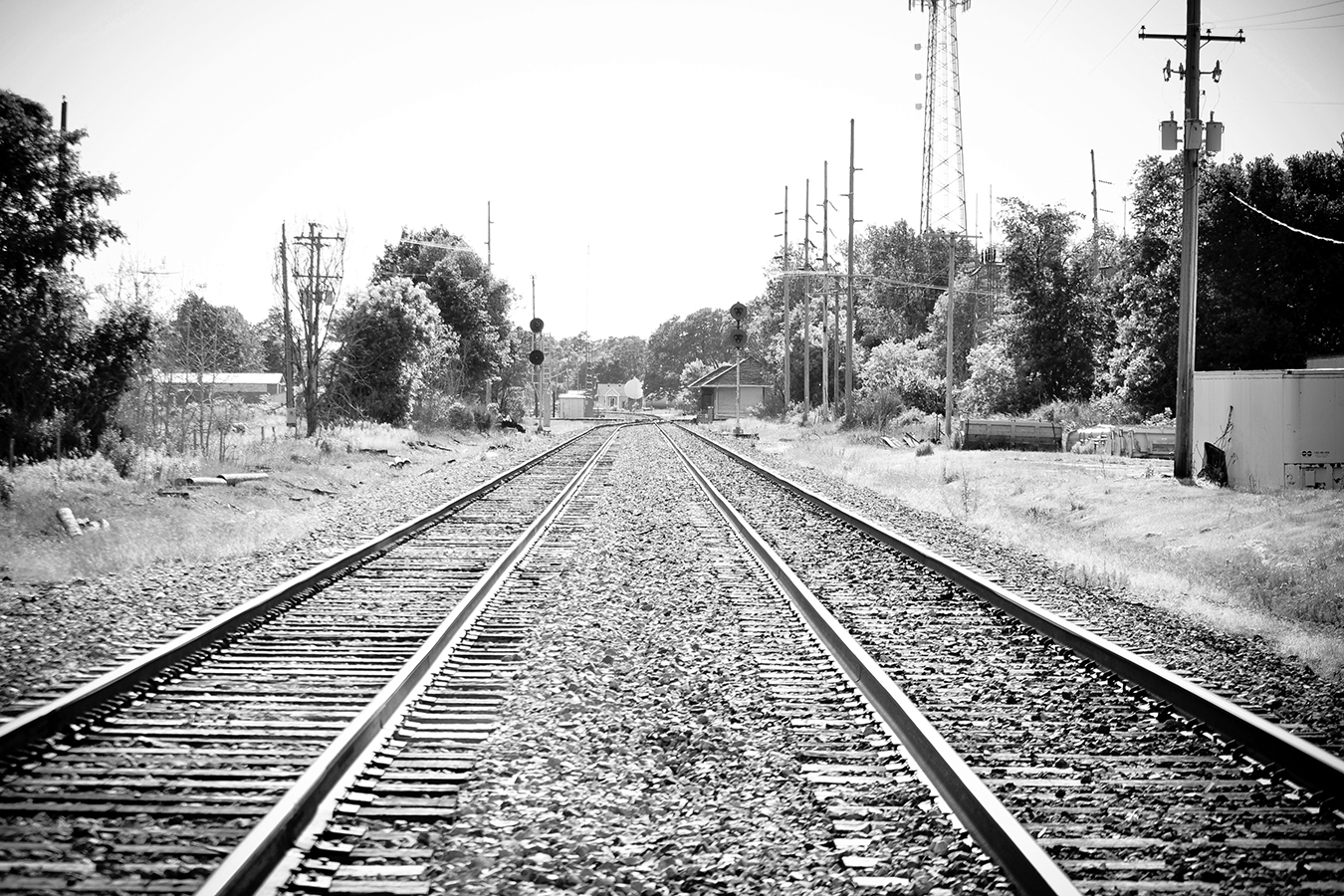God’s Word. Every Child.
Four small words made up of less than twenty letters, yet one behemoth undertaking.
Impossible dream
When I tried to put down on paper a plan that would take this to mission fulfillment, it was practically inconceivable. Like when you were a child and tried to think about heaven and imagine the endlessness of eternity.
Until I got railroaded into clarity with a visual.
Like the “impossible” dream of Asa Whitney, who championed the building of the First Transcontinental Railroad, it suddenly made sense to me that we didn’t have to mine all of the resources, scout all of the territory, and go ourselves to drive stakes and fell the timber that would connect east to west. All we needed to do was make the plans and cast a clear vision to catalyze a movement for the importance of laying tracks.
Asa’s dream of creating a mechanized system that could quickly move people and pave the way for Manifest destiny to become a reality began with taking a lay of the land. He needed to find out where there were already plans in place or railroads in the process of being built in order to connect the dots and figure out where to fill in the gaps. Then he would simply need to get everyone on the same page in order to galvanize the transition from plans on paper to a steam-belching, people-moving reality that would change the world he lived in for future generations.
In the same way, our vision of connecting every child around the world with the hope found in God’s Word began with exploration and discovery. This process has allowed us to identify ministries and organizations around the world that are already in place and doing a good job of spreading the Gospel. As we began to assess which areas are already being “covered”—we figure out how we can serve them, building infrastructure that will allow these ministries to grow and flourish and expand their reach into the next generation. Where there are gaps that need to be filled, we focus on catalyzing a movement of the Global Church to fill in these needs and get us that much closer to accomplishing the Great Commandment.
Crazy big numbers
Asa projected that the mammoth railroad project would need $65million for a good start, plus maintenance costs along the way—an asinine number especially in the early 1800’s. But he stepped out in faith.
We have calculated that it would take more than a billion dollars to reach every child on the planet by 2030. And while we don’t have a billion dollars sitting in the bank, we do have abundant faith that God will provide what is needed every step of the way, so we are “full steam ahead” in faith.
It just doesn’t seem possible
Asa had the audacity to envision something that was not yet possible in his time—namely a machine that could travel distances that had never been traveled before through terrain that had not been traversed riddled with mountains, waterways, and unknown dangers in its path.
In the same way, we have set out into uncharted territory facing impasses including language barriers, geopolitical and socioeconomic challenges that are befuddlingly unknown or seemingly insurmountable. But we are forging ahead in faith trusting that God will fill in the gaps, provide for and answer all the questions along the way.
On paper, Asa’s First Transcontinental Railroad stretched an unbelievable 3,500 miles long—a distance previously unable to be traveled. But his passion for this vision was so strong that it didn’t avert him from continuing to promote and pursue building.
If we attempt to reach every child in the world, that means that from 2010-2030, we will have to reach the 4.2 billion children on planet earth ages 5-18, many of them in places we physically or otherwise cannot figure out a way of reaching. Is this a deterrent for continuing to build and extend reach? Absolutely not! If I learned anything from Asa’s endeavors, it is that if you are faithful to keep going, a lot of surprising and amazing things will happen along the way.
It takes a movement
Asa Whitney didn’t build the First Transcontinental Railroad himself, he simply pioneered the vision and galvanized different groups to help make it happen. Despite the sectionalized government, competing railroad companies who sometimes refused to talk to each other or work together, often vandalizing and booby trapping each other’s efforts, were somehow still able to move the project forward.
It sounds a lot like the Church, doesn’t it? We don’t always do a good job of talking to each other. Sometimes we are competing for donors or duplicating effort in areas we have no business or expertise to do so. But we are called —like Asa Whitney—to champion catalyzing a movement among churches and ministries to work together as we lay track and build the groundwork and infrastructure to make the Great Commission a reality.
A new way of doing things
Asa—“prophet of a new age”[1] was a pioneer. Fervent Christian and humanitarian who suffered through his share of pain and heartache, he realized that in order for the world he lived in to change and make a better way for future generations, systems needed to be put into place allowing coast-to-coast travel to happen quickly and easily.
If we want to change the spiritual climate of the world we live in and create systems that allow for future generations to carry on the Good News of the Gospel, we’ve got to pioneer and plan for effective systems to be put in place. We have spent the last decade architecting an outcome-based ministry system that will ensure effectiveness of our efforts both now and in the future. And we actively share this model with everyone we can.
Mission Fulfillment
We have been given a vision, and we are working hard to continue laying track—to add on to what has already been started and do what it takes to catalyze a global movement of churches who can help reach every child with God’s Word.
It is our great privilege to daily labor in this work as we by faith build what will affect the destiny of future generations.
You should also read:
- 6 traits of missions programs poised to impact the future
- The secret to getting more money for missions
- Persecution on the rise
[1]David Haward Bain, Empire Express (New York, NY: Penguin, 2000), page 3.
http://en.wikipedia.org/wiki/First_Transcontinental_Railroad#Asa_Whitney
http://en.wikipedia.org/wiki/Asa_Whitney



